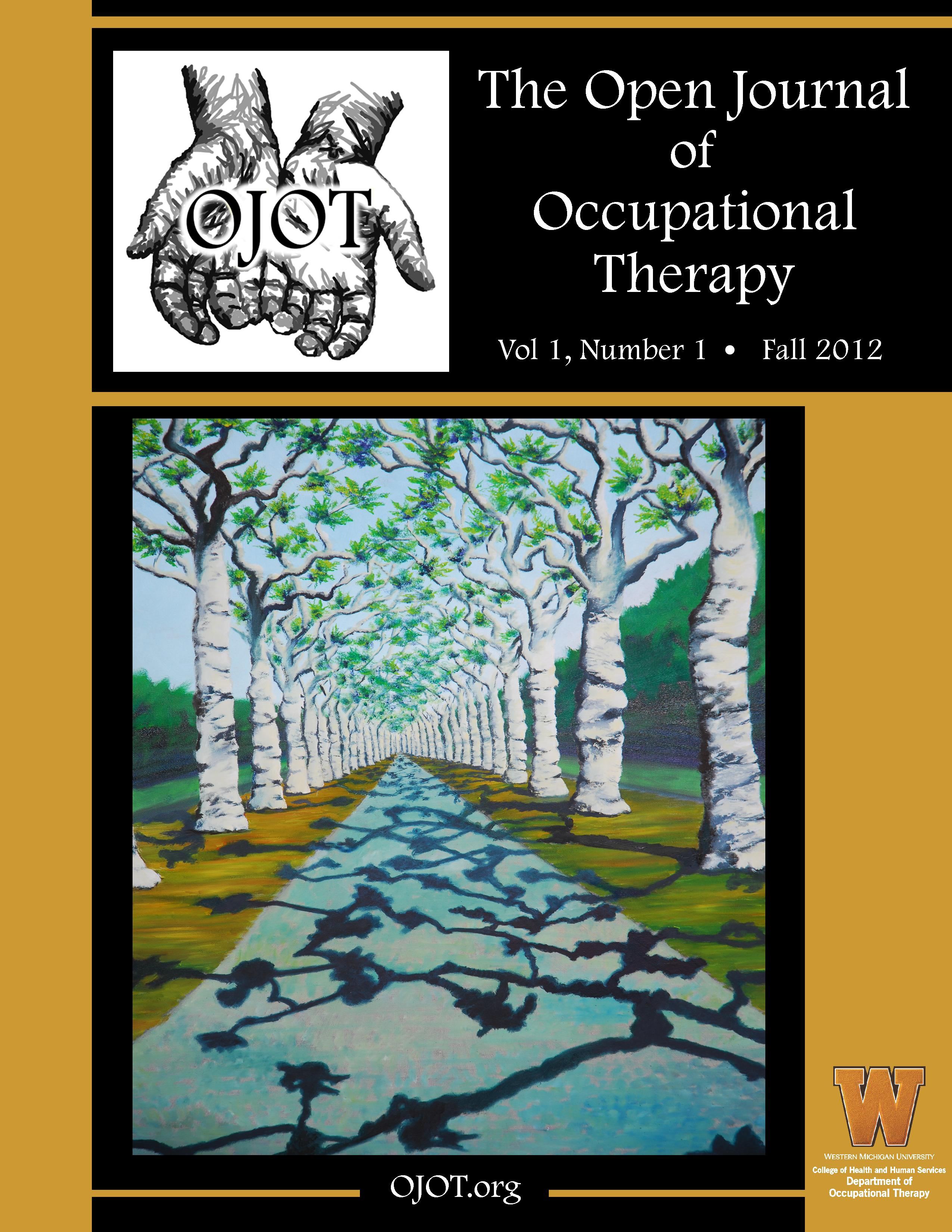ScholarWorks > HHS > OT > OJOT > Vol. 10 > Iss. 2 (2022)
Credentials Display
Amanda Scott, OTD, OTR, BCG, CADDCT-CDP, CLT; Kristen Digwood, DPT, CAPP (pelvic), CLT; Rachel Teslow, OTDS, OTD; Allyson Elrod-Bloom, OTDS, OTD
Abstract
Women’s pelvic health has become an emerging practice area for occupational therapy in recent years. The National Institute of Health (NIH) reports that 24% of women in the United States are impacted by pelvic floor disorders (2008). As the general population ages, older women’s health has become a pivotal topic for occupational therapists to include as part of a comprehensive plan of care. Occupational therapists must acquire deeper knowledge related to pelvic pain and urinary incontinence. Developing a deeper understanding of the types of pain and urinary incontinence in older women facilitates efficacy and efficiency in the delivery of occupational therapy services for these women. Evidence strongly supports the interdisciplinary approach between biomechanical and psychosocial interventions to address pelvic health issues in a holistic manner.
Recommended Citation
Scott, A., Digwood, K., Teslow, R., & Bloom, A. (2022). Addressing Pelvic Floor Dysfunctions in Older Women. The Open Journal of Occupational Therapy, 10(2), 1-10. https://doi.org/10.15453/2168-6408.1896



Comments
The authors declare that they have no competing financial, professional, or personal interest that might have influenced the performance or presentation of the work described in this manuscript.